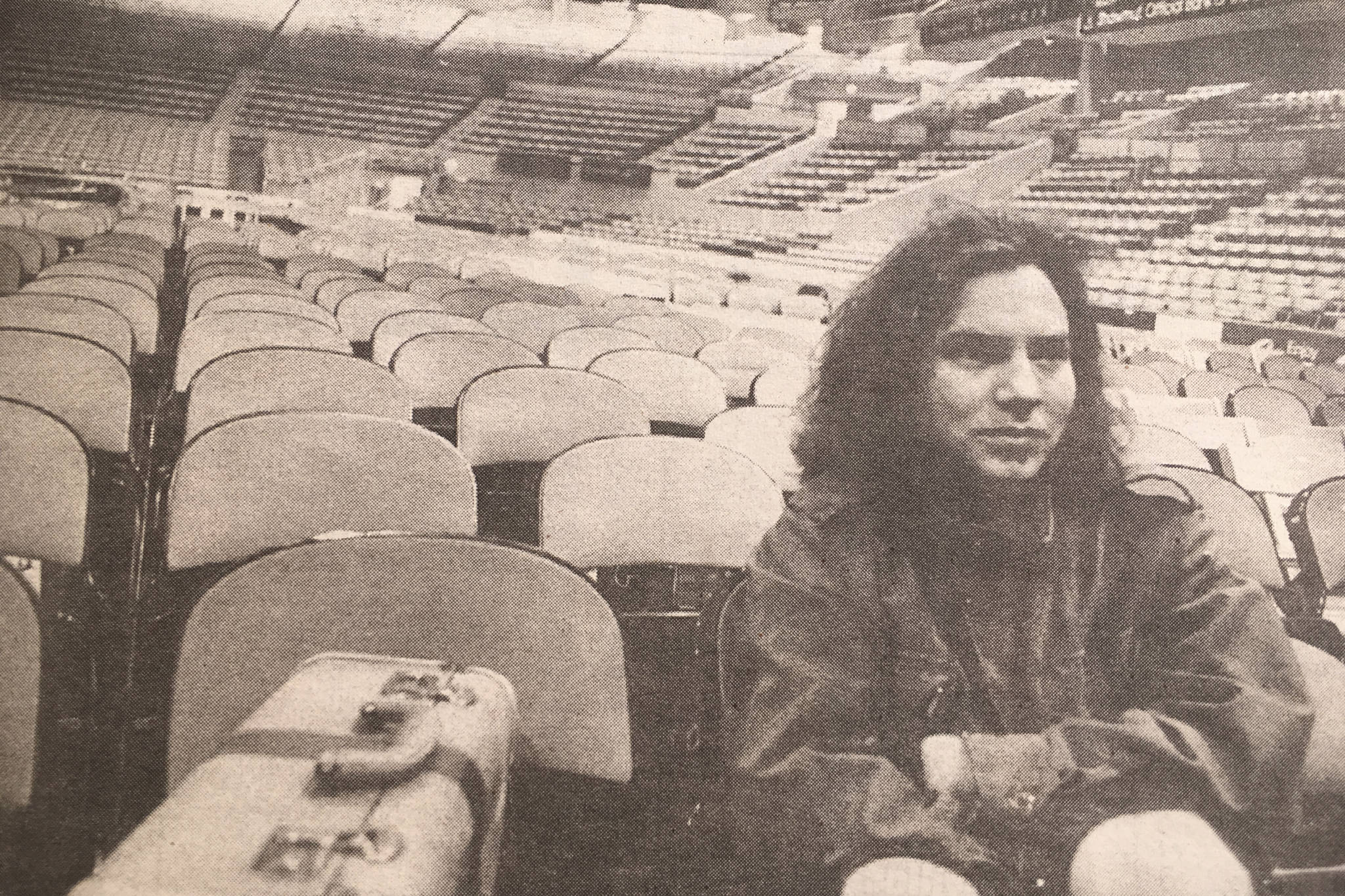As software and Internet companies around the country post their quarterly financial performance this week, one company in particular stands out as odd: Seattle’s Visio Corporation, which has been quietly enjoying spectacular growth and profitability since the day it went public in 1995.
That year, the company posted $20 million in revenues and no profit—Visio essentially broke even—and when it launched its IPO that November, its stock (adjusted for a subsequent split) sold for $8 per share. Three years later, it is trading at $46 per share—which means, among other things, that a goodly number of employees with options at Visio have done very well for themselves.
By every traditional benchmark, Visio has performed better than nearly any other company in the software industry. It has grown 6570 percent per year over the last four years, while the computer industry in general has grown 20 percent annually; it has expanded its product line of diagramming and modeling software from a single product to four; and it has risen in sales from the 43rd-largest software company in 1995 to the 20th-largest today.
Yet the company’s success has gone largely unnoticed by press and investors alike. By the dubious new standard set by such Internet companies as Amazon.com and Netscape, Visio looks either like a charming anachronism or a hopelessly boring company. Where your garden-variety Net company now can rake in millions from investors while posting multimillion-dollar losses each quarter, Visio is held to a far more exacting standard: It must grow its market and expand its profits steadily and dramatically if it is to keep investors even mildly interested. During the first half of 1998, Visio made $76.7 million in revenues and $16.8 million in net profit. Over the same period, Amazon posted approximately $18.5 million in losses on sales of $1.6 billion. The stock market responded by running Visio’s stock price up $2—from $44.50 to $46.50 per share—and Amazon’s from $30 to $113.
Go figure. “Sometimes,” says Visio president and CEO Jeremy Jaech, “I feel like we were real schmucks for building our company the way we did. It seems hilarious now that I told people here that I wanted to have at least four and maybe as many as six quarters showing a trend toward profitability before we went public.”
Of course, that was back in the days when companies had to perform well before investors would risk money on them. Now all you have to do, it seems, is tell a great story—and include the word “Internet” in your business plan.
As software stories go, Visio’s is particularly compelling. Founded in 1990 by Jaech, who was one of the co-founders of Aldus, Visio began developing graphics diagramming tools for the Windows platform. Since this was before the release of Windows 3.0, Jaech’s was a daring bet—at the time, no one thought it would ever be possible to do reasonable computer graphics anywhere but on the Macintosh platform.
Jaech made a number of bets that now look positively prescient. One was that Windows would evolve into a legitimate graphics environment; another was that it would become the computing world’s standard interface; yet another was that Windows would win graphics-application market share away from the Macintosh; and the last was that Visio could ride what Jaech calls the “commoditization wave” that he saw coming in computer hardware and software.
Eight years later, Visio sells four different graphics tools that allow for design of everything from simple flow charts to computer-network modeling and documentation to CAD software for building three-dimensional models. Each Visio product sells for less than $400, and competes against a former market leader costing thousands. Visio’s IntelliCAD, for instance—software for making three-dimensional models—costs $350; its only remaining serious competitor, AutoCAD, costs $3700. “We’re riding a megatrend in business computing,” Jaech says, “that is epitomized by Microsoft and Intel. All this stuff is getting to be commodity priced. The whole thing is turning into a high-volume, low-cost business. You have to become a standard in a category to survive at that price point.”
That Visio is the standard in its category is clear from the dearth of competition from other software vendors. Yet Jaech feels that his company has barely gotten started. It is one thing to drive competitors out of the market; it is quite another to sell Visio software to every potential customer. “There are 125 million Windows business users out there,” he says, “and only two million Visio users. We have surveys showing that 35 million businesspeople draw six or more hours every month, or do six or more drawings every month. So we think we have quite a bit of headroom to grow. Our biggest competitor now is pen and paper.”
That, at least, is true of the battle for customers. In the battle for investors, his biggest competitor is Internet fantasy. “I remember when we were getting ready to go public,” Jaech says with a laugh. “And this broker kept asking us, ‘Aren’t you guys really an Internet company?’ I felt like saying, ‘No… we’re just a boring company that sells real products to real customers.'”






